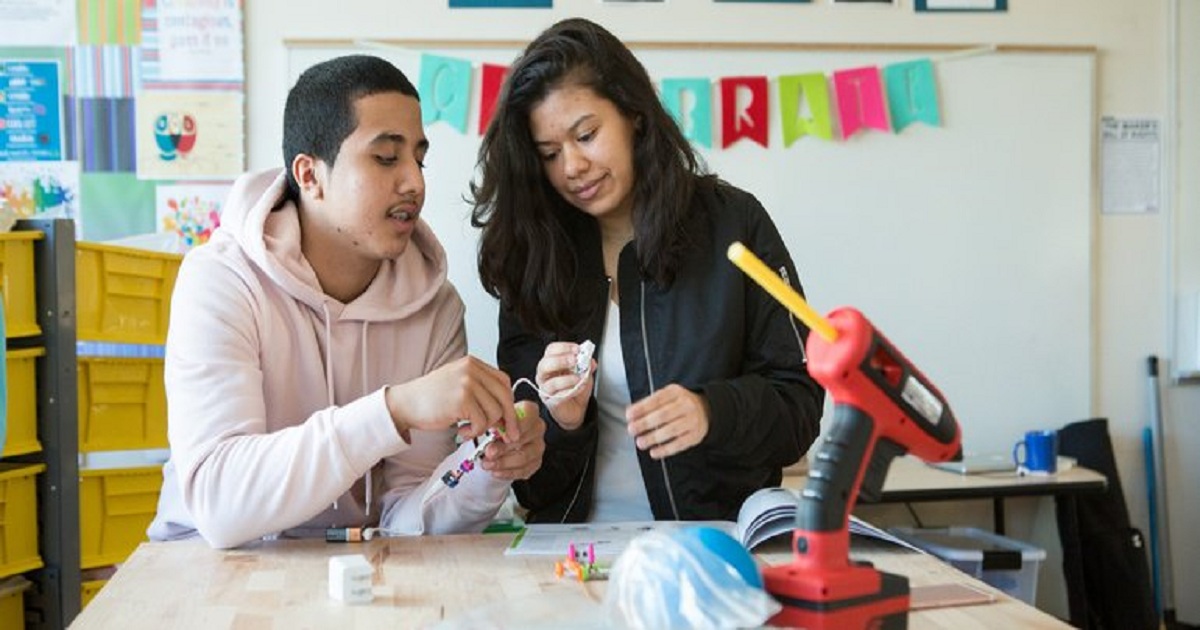Weaving art into STEM benefits more creative students
Education Dive | November 28, 2018

The emphasis on STEM education (science, technology, engineering and mathematics) often focuses on the need to fill the three million jobs created in STEM fields just in 2018. But traditional STEM curriculum is also expanding to include arts courses, and in process creating “a new framework,” wrote eSchoolNews.STEAM curriculum encourages children to tap into problem-solving tools, and approach their work with a creative eye, particularly in the elementary school setting. STEAM lessons lean more toward hands-on learning, so students spend less time in lecture-styled settings and more on their own and working with classmates.STEAM education can result in students who feel more confident, as they experiment and even fail but ultimately learn how to solve the assigned tasks.While some may view STEM as exacting subjects, these fields also rely on creativity to push the boundaries, develop innovative products and make new discoveries. Without experimentation, and abstract and creativity thinking all skills inherent in an arts education astronauts wouldn't be orbiting the earth, scientists wouldn't have discovered uranium and inventors wouldn't be testing out cars that can drive themselves.